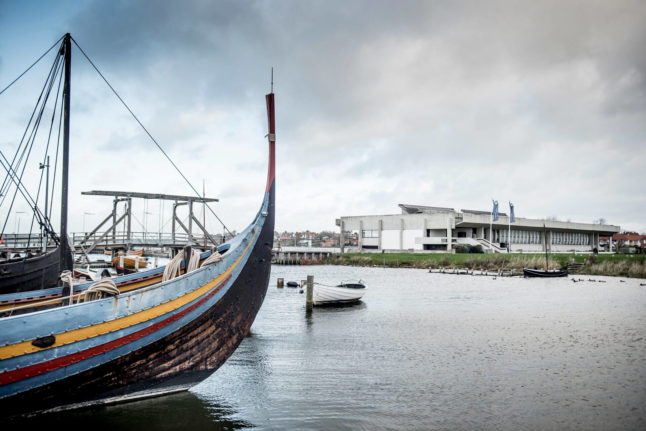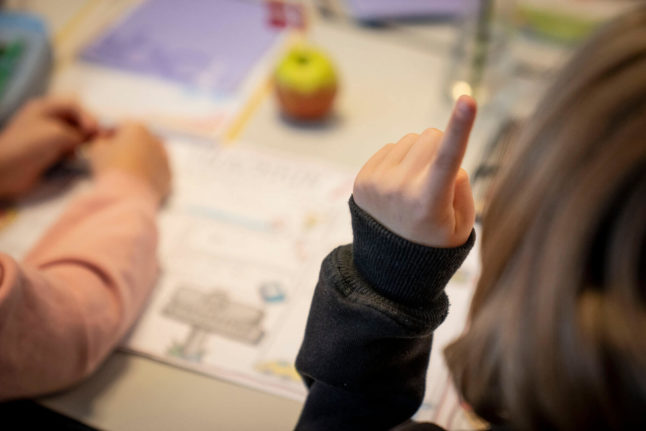Over the last decade or so, books of management theory like “Return of the Vikings” and “The Viking Manifesto”, have sought to establish a link between historic Viking history and the modern-day Scandinavian flat management style, where everyone in a team is asked their opinion before a decision is taken.
The Augustinus Foundation has now provided 1,950,000 Danish kroner (€260,000) to research Viking leadership, with the two year project led by researchers at Denmark’s Viking Ship Museum, with support from the Moesgaard Museum, the Danish National Museum, the University of Copenhagen and the University of Iceland.
“It is far more complex than how it’s normally described by people claiming to be inspired by ‘Viking leadership’,” Morten Ravn, curator at the Viking Ship Museum, told The Local. “Often, their only reference is only to very few pieces of written evidence from the Viking Age, and it’s far more complex if you read the sagas, skaldic poetry, and other sources.”
Some Viking leaders, he argued, had been very powerful, whereas others had been relatively weak.
“It can be quite hierarchical, where you have a leader who is a magnate or king,” he said. “But you could not be a king unless the people who elected you supported you, so we normally we say that a king at that time was only primus inter paras, which means “the first among equals”, because all his power was only his power so long as his magnates supported him.”
He said this meant that the way Viking kings had wielded their leadership had varied enormously.
“We have very mighty Viking kings who had a lot of possibilities to conduct their power, and others who who were not able to do anything at all,” he said.
In addition, he added what constituted good leadership as a king could be very different from what was required when sailing or building a Viking ship, or when living in a small community.
The researchers aim to spend two years examining the examples of good and bad leadership found within the Viking Sagas, skaldic poetry, legal texts, and chronicles, as well as in The King’s Mirror, a didactic Viking text on kingship.
Ravn said that the researchers would also draw on experimental archeology carried out at the Viking Ship Museum, primarily the insights they have gained from building and sailing longships using only Viking era tools and equipment.
He said that the ambition was for the final book to appeal both to the general reader and to other researchers.
“We will write it as an academic book in regard to references, but we will try and also write for a broader audience, because we think a lot of people are interested in leadership more broadly,” he said.
It would not, though, be just another book jumping on the Viking Management bandwagon.
“We are going to leave it up to modern leaders to whether they think they can use it, because there will be both examples of good leadership and bad leadership. But we will end up with a book in the style of ‘How to be a good Viking leader’, because a lot of people have written books about that.”



 Please whitelist us to continue reading.
Please whitelist us to continue reading.
Member comments